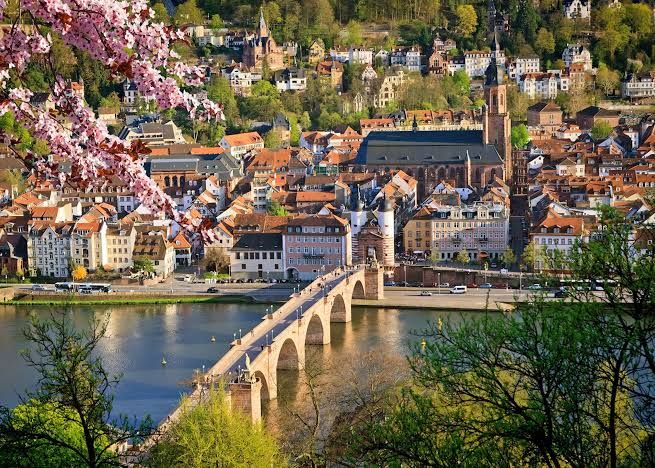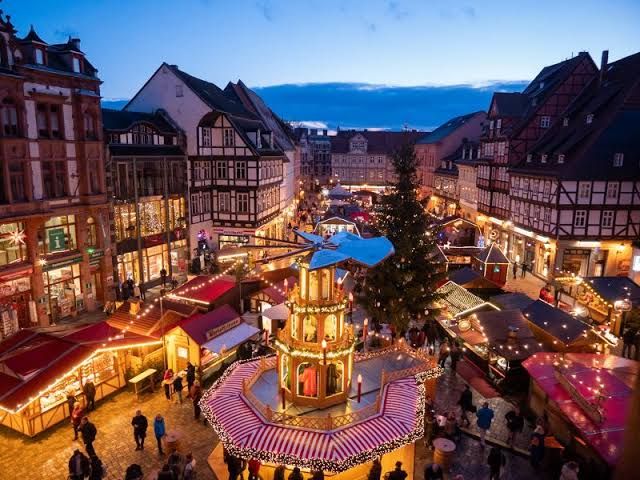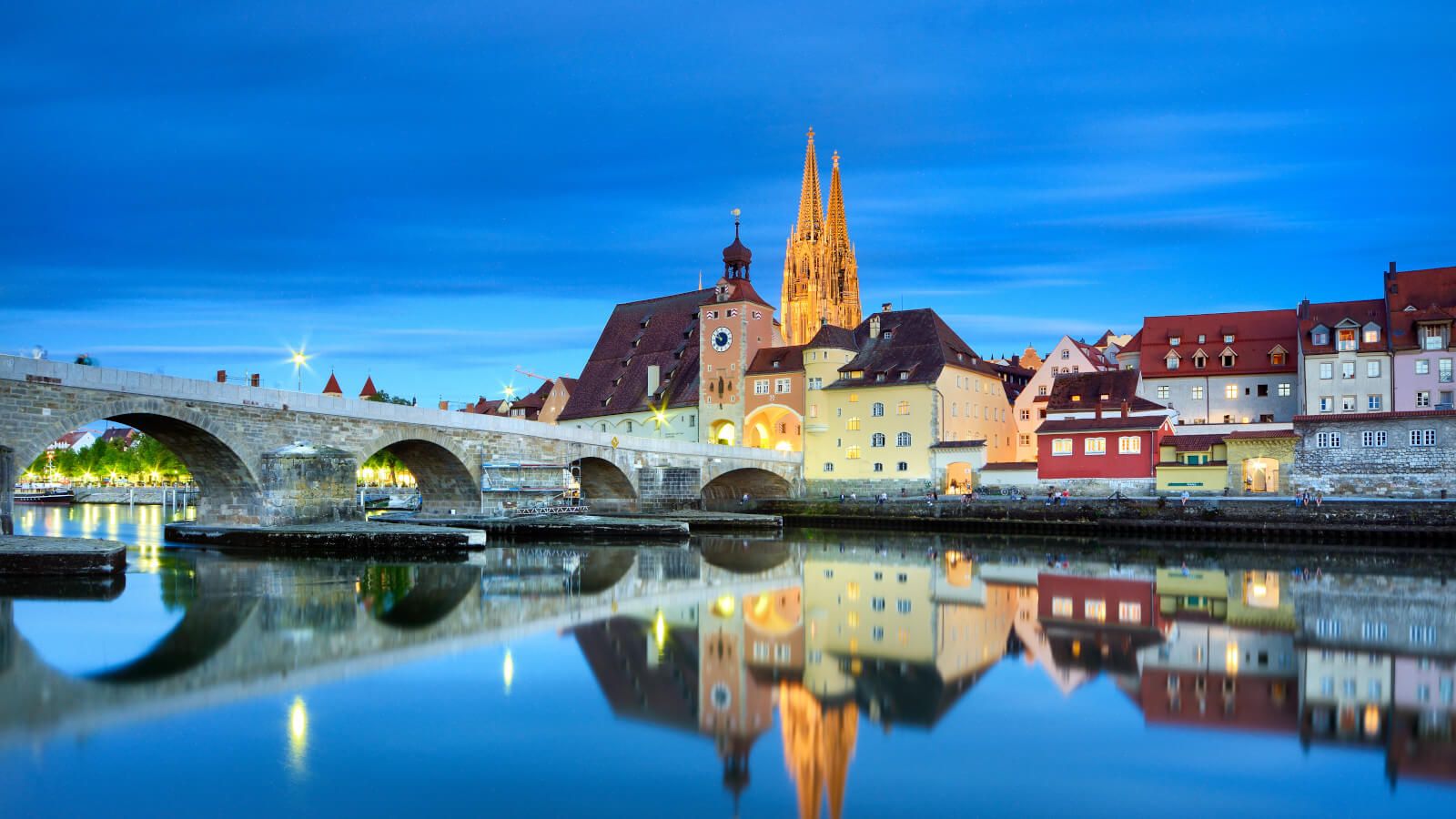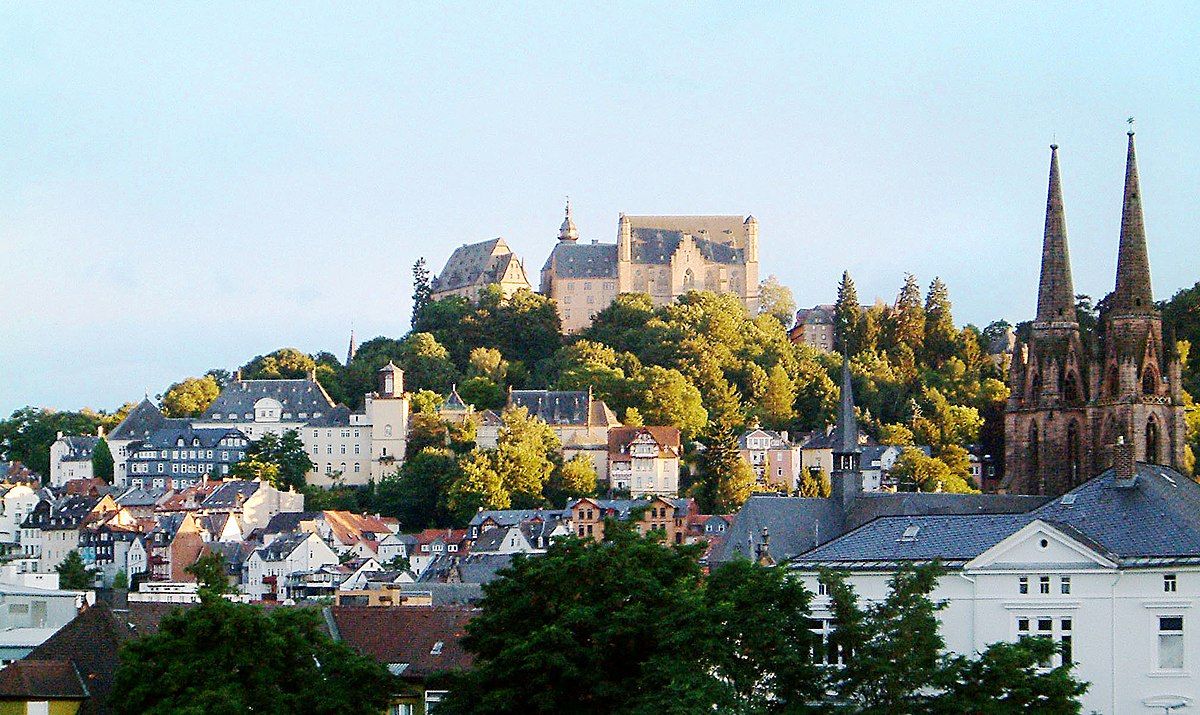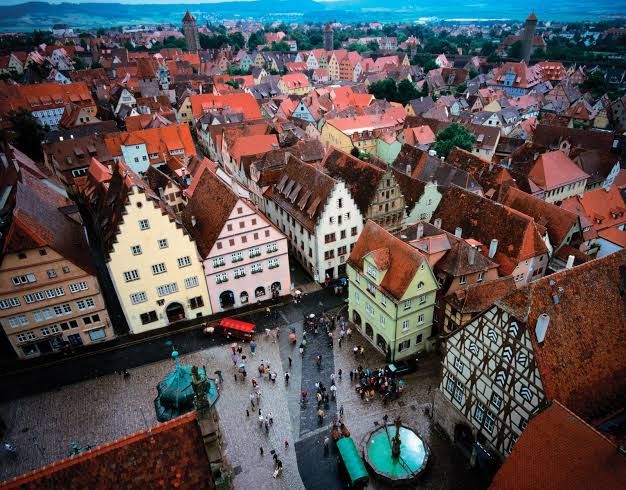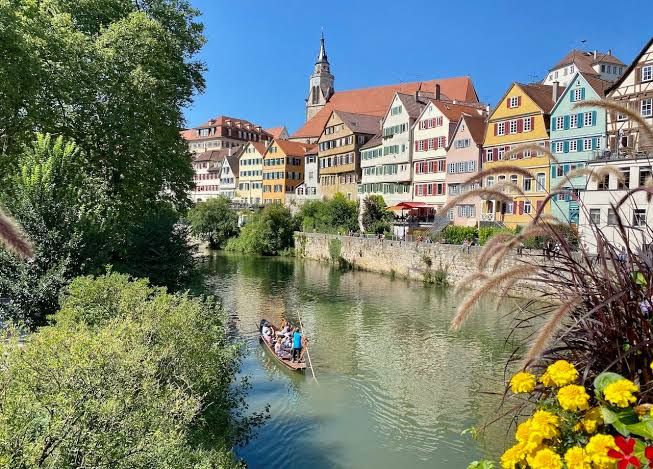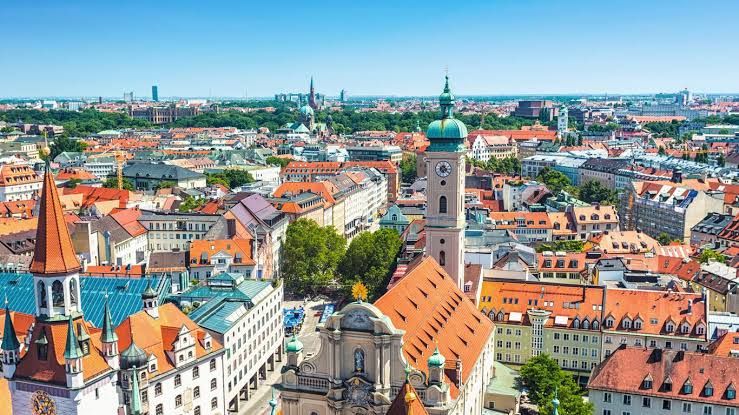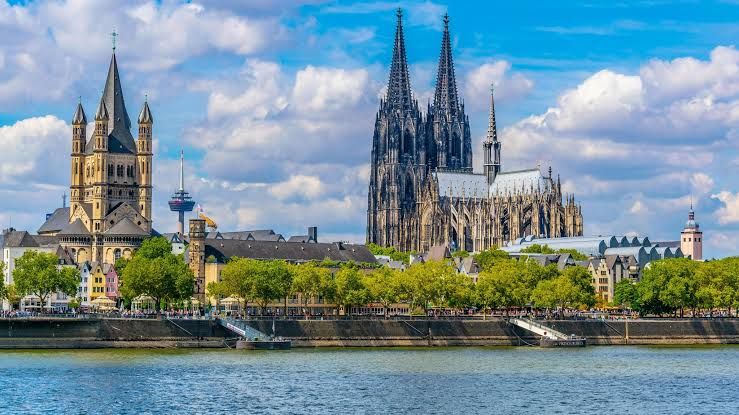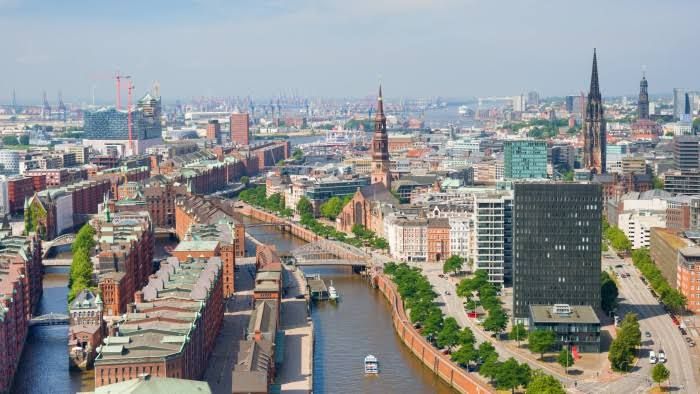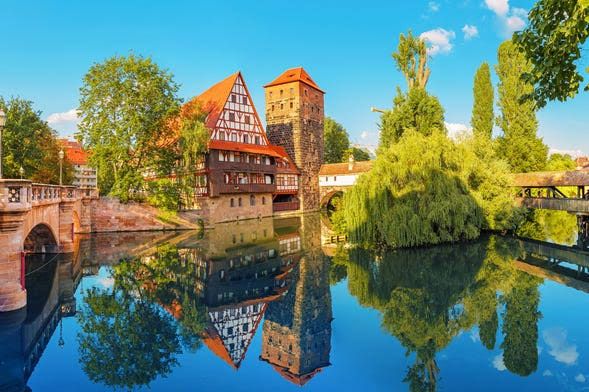
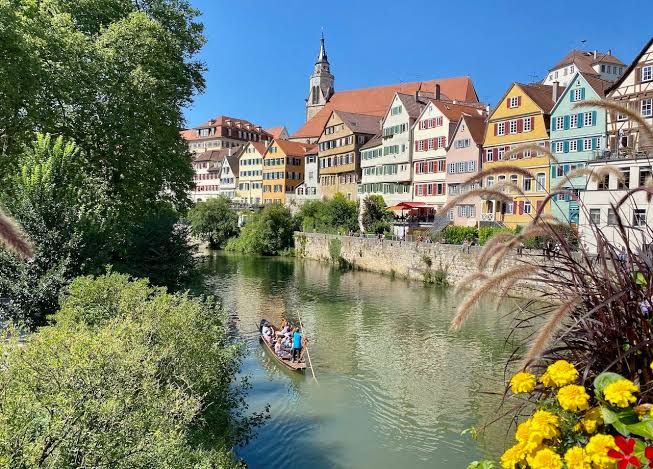

Germany boasts many amazing locations for travel! Apart from its seas, mountains, and forests, Germany boasts a lot more lovely cities that you should definitely check alongside the sought-after metropoles.
Some of the most charming cities in Europe call Germany, with its rich legacy, breathtaking scenery, and energetic culture, home.
With its architectural wonders, energetic streets, and breathtaking scenery, Germany is a land rich in history and bursting with cultural treasures bounds in fascinating cities that enthrall visitors.
Combining both the ancient and modern sides of Germany, this lovely nation boasts some of the most fascinating cities in Europe.
List Of Top 10 Most Beautiful Cities In Germany 2024
1. Heidelberg
A university town on River Neckar in Southwest Germany is Heidelberg. About 160,000 people live there, of which almost 25% are students. Throughout the Reformation, Heidelberg has been a significant European city with great influence. Among the several attractions in the city is Heidelberg institution, Germany’s oldest institution. Among the features of the city that appeal are also the castle and Baroque City Center. Another iconic feature of Heidelberg is the well-known Old Bridge. Winter is the ideal season to visit the city, especially for visitors hoping to see the Christmas Market.
2. Quedlinburg
With a population of roughly 24,000, Quedlinburg is situated north of Harz mountains. Until 2007, Quedlinburg District’s capital was this city. The city is a tourist destination with multiple stops along the Romanesque Road, a picturesque vacation path. Declared UNESCO World Heritage Sites are the castle church and the old town. Comprising over 1,300 timber homes, the Old village is an example of a European Medieval village. Perched on top of a rock, the castle views the well-preserved timber cottages. The Market Church and the Klopstockhous are further sites that provide beauty to Quedlinburg.
3. Regensburg
Three rivers—the Regen, the Danube, and the Naab— converge at the city of Regensburg. Comprising a population of around 150,000, it is the fourth biggest city in Bavaria. The city serves as a political, cultural, and financial hub as well. Regensburg hosts celebrations all year long, even though the Christmas market during winter is especially well-known. The “Dult” fair is the most often occurring celebration. One of the first stone bridges in the world is found at Regensburg. The structures are very vibrantly colored and steeped in culture.
4. Marburg
Like Heidelberg, Marburg is a university whose University of Marburg controls all aspects of the city. Developed as a crossroads of two early medieval roads connecting Prague and Cologne with Alps to the North Sea, the city became The city has a lot to offer, including a charming city center, great river views, and many entertainment venues, hence Marburg is a fantastic day trip and weekend vacation choice. Among the locations that define Marburg as a lovely city are the half-timbered homes, Marburg Castle, Lahn River, and Old Town.
5. Rothenburg
Rothenburg ob der Tauber lies along the Tauber River. About two hours from the state capital Munich, the city is in Bavaria. Medieval town Rothenburg ob der Tauber originated in about the tenth century. As its architecture clearly shows, the city boasts a rich past. Among Rothenburg’s various museums are those on Christmas and medieval crime. One may see the town 360 degrees from the top of the tower above the town hall.
6. Tubingen
On a ridge between Ammer and Neckar rivers, Tubingen lies around 19 miles south of Stuttgart. One in every three persons in this university town are also students. Schonbuch is a wooded nature area north of the city; the Swabian Alb Mountain is roughly 8 miles southeast. Apart from nature, Tubingen’s special appeal consists of its timbered homes, flower markets, and little cobblestone lanes. Among the exceptional structures in the city are the historic city hall and Holderlin Tower. In Germany, Tubingen has some of the most mouthwatering cakes, pastries, and appetizers as well.
7. Munich
Having a population of around 1.5 million, Munich is the third biggest city in Germany and the capital of Bavaria. It ranks as the EU’s twelfth biggest state as well. Globally the center of technology, art, science, tourism, education, innovation, culture, and finance Munich is The city presents a range of attractions for the several visitors it welcomes this year. Popular square Marienplatz in Old Munich served as the scene of multiple revolutions and historical events. The old city halls, majestic churches, and a century-old market are further sites adding beauty to the city.
8. Cologne
The banks of the Rhine River define the city of Cologne. With about 1.1 million people, it is Germany’s fourth-largest city. Rich in history spanning more than 2,000 years, the city boasts post-war structures as well as architectural styles like medieval churches and old Roman walls. The biggest cathedral in Germany, the Cologne Cathedral is what draws most people to the city. The pleasant local people who are not just liberal but also open-minded help to make Cologne a wonderful city. The city has many entertainment venues as well as regional cuisine including Sauerbraten and Schweinsshaxe.
9. Hamburg
The second biggest city in Germany after Berlin and the eighth biggest in the EU is Hamburg. The city boasts around 1.8 million citizens. Situated on the banks of River Eibe and its tributaries, its name captures the medieval past of the city. Hamburg is well-known for its World Heritage Site, the really magnificent red-brick Speicherstadt. Apart from the architecture, the city offers lots of entertainment; most party-goers visit the Reeperbahn, sometimes characterized as “German’s most sinful mile.” Furthermore the center of research, science, and education in Europe is Hamburg.
10. Nuremberg
At about 512,000 people, Nuremberg is the second biggest city in Bavarian history behind Munich. Though the city is well-known for numerous things, the most often discussed is the Nuremberg Trial, which continues to be central in German history. Originally a millennium ago, Nuremberg grew over time to become one of the most significant cities in Europe. Old churches, imperial palaces, and Nazi trial grounds are just a few of the sites the city offers for visitors. With a sizable portion of Nuremberg covered in a pedestrian-only zone, the city is walkable.
